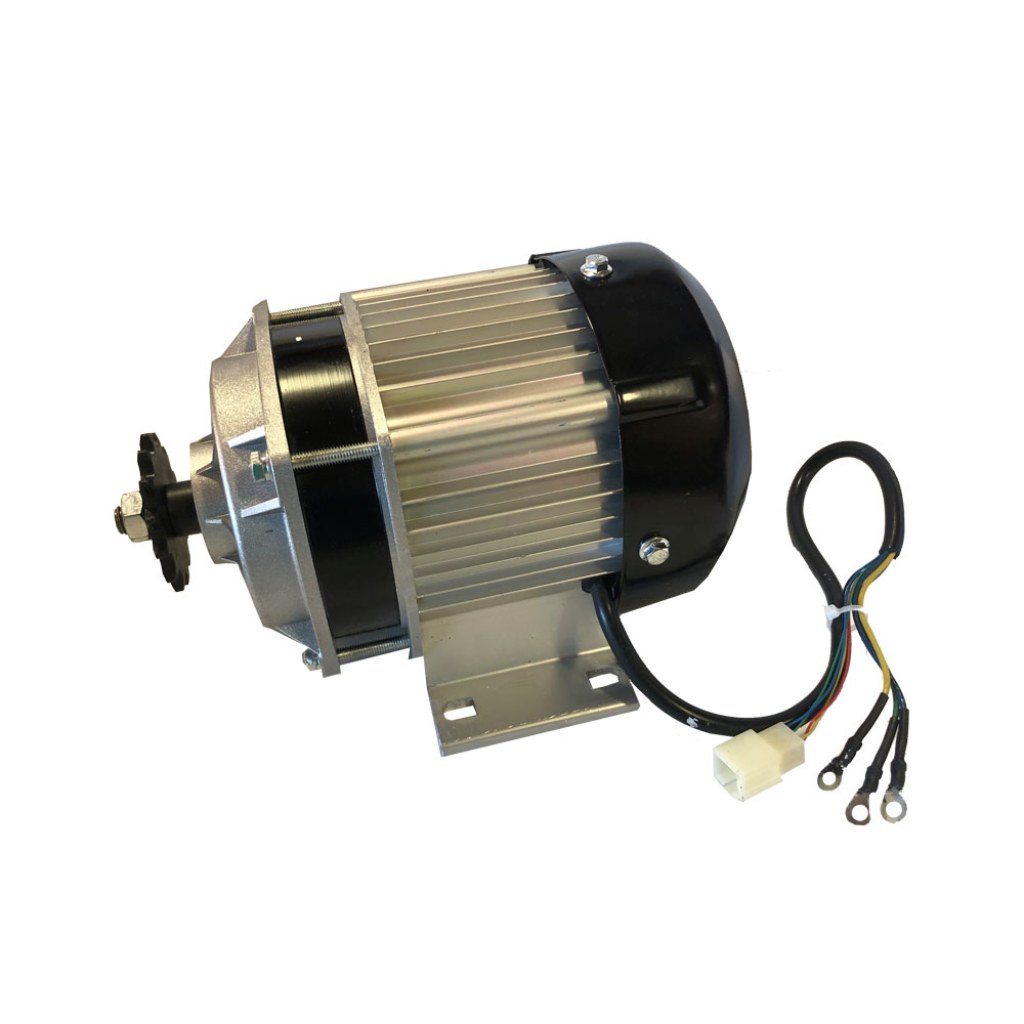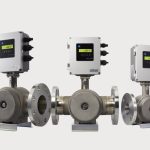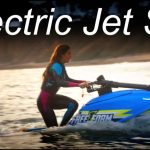Power Up Your Adventures With The Electric Mud Motor: Unleash The Ultimate CTA!
Electric Mud Motor: Revolutionizing the Marine Industry
Greetings, Smart Readers! In this article, we will delve into the fascinating world of electric mud motors. These innovative devices have been making waves in the marine industry, offering a greener and more efficient alternative to traditional mud motors. So, let’s dive in and explore the wonders of electric mud motors!
Introduction
Electric mud motors are cutting-edge marine propulsion systems that utilize electricity to power boats through muddy and shallow waters. These motors have gained popularity due to their environmental friendliness, low maintenance requirements, and enhanced performance compared to their conventional counterparts.
1 Picture Gallery: Power Up Your Adventures With The Electric Mud Motor: Unleash The Ultimate CTA!
With increasing concerns about pollution and climate change, the demand for eco-friendly solutions in the marine industry has surged. Electric mud motors have emerged as a viable solution, offering a greener way to navigate through challenging terrains without harming the environment.
Now, let’s take a closer look at the various aspects of electric mud motors, including their features, benefits, and drawbacks.
Overview of Electric Mud Motors

Image Source: mototecusa.com
Electric mud motors are designed to provide optimal performance in muddy and shallow waters. They are equipped with specialized propellers and motors that allow boats to navigate through challenging terrains with ease. These motors use electricity as their primary source of power, eliminating the need for traditional fuel-powered engines.
Unlike conventional mud motors, electric mud motors produce zero emissions, making them an environmentally friendly option. They also offer quieter operation, reducing noise pollution in water bodies. The absence of exhaust fumes and noise disturbances makes electric mud motors ideal for fishing, wildlife observation, and other activities that require a serene and undisturbed environment.
Furthermore, electric mud motors require minimal maintenance compared to traditional motors. They have fewer moving parts and do not require regular fuel refills, oil changes, or spark plug replacements. This translates to cost savings in the long run and a hassle-free boating experience.
What are Electric Mud Motors?
Electric mud motors are advanced marine propulsion systems that utilize electricity as their main power source. They are specifically designed to navigate through muddy and shallow waters, making them ideal for fishing, hunting, and other recreational activities in marshy environments.
Image Source: fbsbx.com
Equipped with specialized propellers, electric mud motors can propel boats through thick mud and vegetation without getting clogged or causing damage to the motor. These motors are powered by batteries, which can be recharged using various methods such as solar power or shore power.
Electric mud motors offer several advantages over traditional mud motors. They are more energy-efficient, provide instant torque, and offer precise speed control. Additionally, they produce zero emissions, reducing the carbon footprint associated with boating activities.
Who Can Benefit from Electric Mud Motors?
Electric mud motors are suitable for a wide range of individuals and organizations. Anglers and hunters who frequent marshy areas can greatly benefit from electric mud motors, as these motors enable them to navigate through shallow waters with ease.
Moreover, researchers and conservationists conducting studies in wetland ecosystems can utilize electric mud motors to minimize their impact on the environment. The quiet operation and lack of emissions allow for undisturbed observations and data collection.
Boat rental companies and eco-tourism operators can also benefit from using electric mud motors. These motors offer a unique selling point, attracting eco-conscious customers who value sustainable and low-impact experiences.
When to Use Electric Mud Motors?
Electric mud motors are best suited for navigating through muddy and shallow waters. They excel in environments with dense vegetation, such as swamps, marshes, and mangroves.
These motors are particularly useful during low tide or in areas where conventional boats may get stuck or damage sensitive ecosystems. Electric mud motors allow boaters to explore hidden waterways and reach remote fishing spots that would otherwise be inaccessible.
Where Can Electric Mud Motors Be Used?
Electric mud motors can be used in various water bodies, including lakes, rivers, estuaries, and coastal areas. They are versatile enough to handle different types of terrain, from soft mud to dense vegetation.
These motors are also suitable for both freshwater and saltwater environments, making them a reliable choice for boaters exploring a wide range of ecosystems.
Why Choose Electric Mud Motors?
There are several compelling reasons to choose electric mud motors over traditional mud motors:
Environmental Friendliness: Electric mud motors produce zero emissions, reducing pollution and preserving the natural beauty of the environment.
Quiet Operation: The absence of loud engine noise ensures a peaceful and undisturbed experience on the water.
Low Maintenance: Electric mud motors have fewer moving parts and do not require regular fuel refills or oil changes, resulting in reduced maintenance costs.
Efficiency and Performance: These motors offer instant torque, precise speed control, and the ability to navigate through challenging terrains.
Cost Savings: Although electric mud motors may have a higher upfront cost, the long-term savings on fuel and maintenance expenses make them a cost-effective choice.
How Do Electric Mud Motors Work?
Electric mud motors work by converting electrical energy from batteries into mechanical energy, which propels the boat through the water. The batteries, typically lithium-ion or lead-acid, power an electric motor that drives the propeller.
The motor’s power and speed can be controlled through a throttle or control panel, allowing boaters to adjust their speed according to the terrain and desired performance. The motors are designed to withstand the harsh conditions of muddy waters, with features such as cooling systems to prevent overheating.
Advantages and Disadvantages of Electric Mud Motors
Advantages
1. Environmental Friendliness: Electric mud motors produce zero emissions, reducing pollution and protecting the aquatic environment.
2. Noise Reduction: These motors operate quietly, minimizing noise pollution and preserving the tranquility of natural settings.
3. Low Maintenance: Electric mud motors have fewer moving parts and do not require regular fuel refills or oil changes, resulting in lower maintenance costs.
4. Precision and Control: The motors offer precise speed control, allowing boaters to navigate through challenging terrains with ease.
5. Energy Efficiency: Electric mud motors are more energy-efficient compared to traditional motors, resulting in longer operating times per charge.
Disadvantages
1. Limited Range: The range of electric mud motors is dependent on battery capacity and may be less than that of traditional motors.
2. Initial Cost: Electric mud motors may have a higher upfront cost compared to traditional motors, primarily due to the cost of batteries and associated equipment.
3. Charging Infrastructure: Availability of charging infrastructure can be limited, especially in remote areas, requiring careful planning for longer trips.
4. Battery Lifespan: The lifespan of batteries can vary, and replacement or refurbishment may be required after a certain number of charging cycles.
5. Weight: Electric mud motors and the associated batteries can be heavier than traditional motors, potentially affecting the boat’s maneuverability.
Frequently Asked Questions (FAQ)
Q1: Are electric mud motors suitable for saltwater environments?
A1: Yes, electric mud motors can be used in both freshwater and saltwater environments.
Q2: How long does it take to charge the batteries of an electric mud motor?
A2: Charging time can vary depending on the battery capacity and charging method. It can range from a few hours to overnight.
Q3: Can electric mud motors be retrofitted onto existing boats?
A3: Yes, electric mud motors can be retrofitted onto existing boats with the necessary modifications and installation procedures.
Q4: What is the typical lifespan of the batteries used in electric mud motors?
A4: The lifespan of batteries can vary depending on usage and maintenance. Generally, they can last several years before requiring replacement or refurbishment.
Q5: Can electric mud motors be used in deep waters?
A5: Electric mud motors are primarily designed for navigating through shallow and muddy waters. They may not be suitable for deep-water applications.
Conclusion
In conclusion, electric mud motors have revolutionized the marine industry by offering a greener and more efficient way to navigate through muddy and shallow waters. These motors provide environmental benefits, low maintenance requirements, and enhanced performance, making them an attractive option for anglers, researchers, and eco-tourism operators.
While electric mud motors have their advantages, it’s important to consider their limitations, such as limited range and higher upfront costs. However, as technology advances and charging infrastructure improves, electric mud motors are likely to become even more accessible and widespread.
So, dear Smart Readers, embrace the future of boating with electric mud motors and contribute to the preservation of our precious aquatic ecosystems. Happy exploring!
Disclaimer: The information provided in this article is for educational purposes only. The author does not endorse any specific brand or product mentioned.
This post topic: Electric



